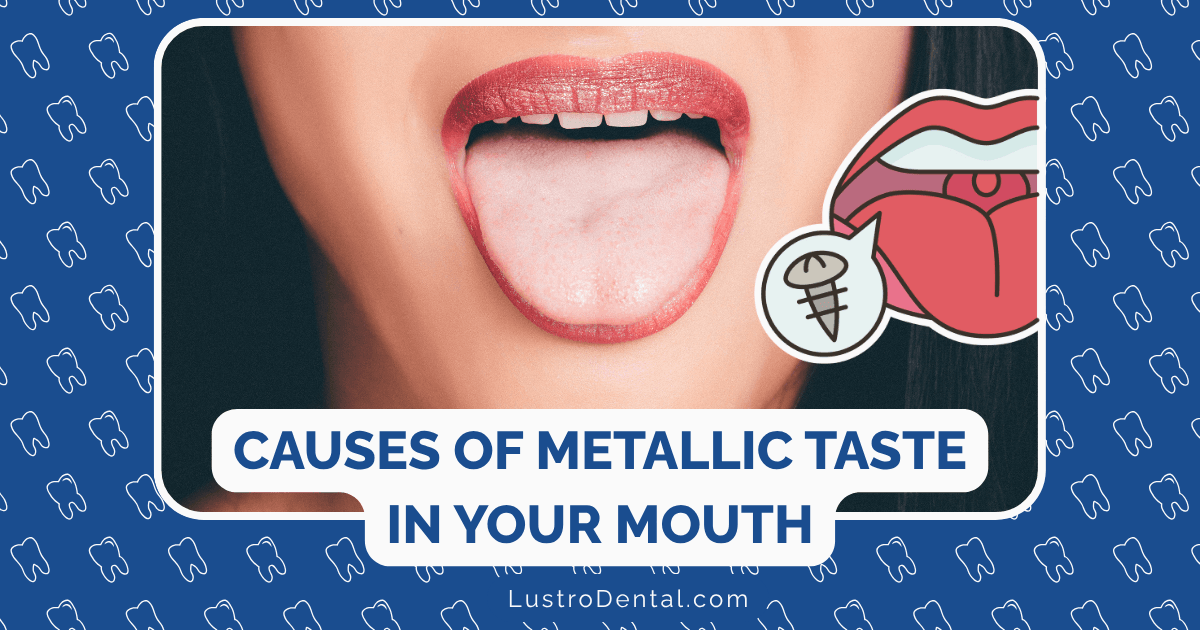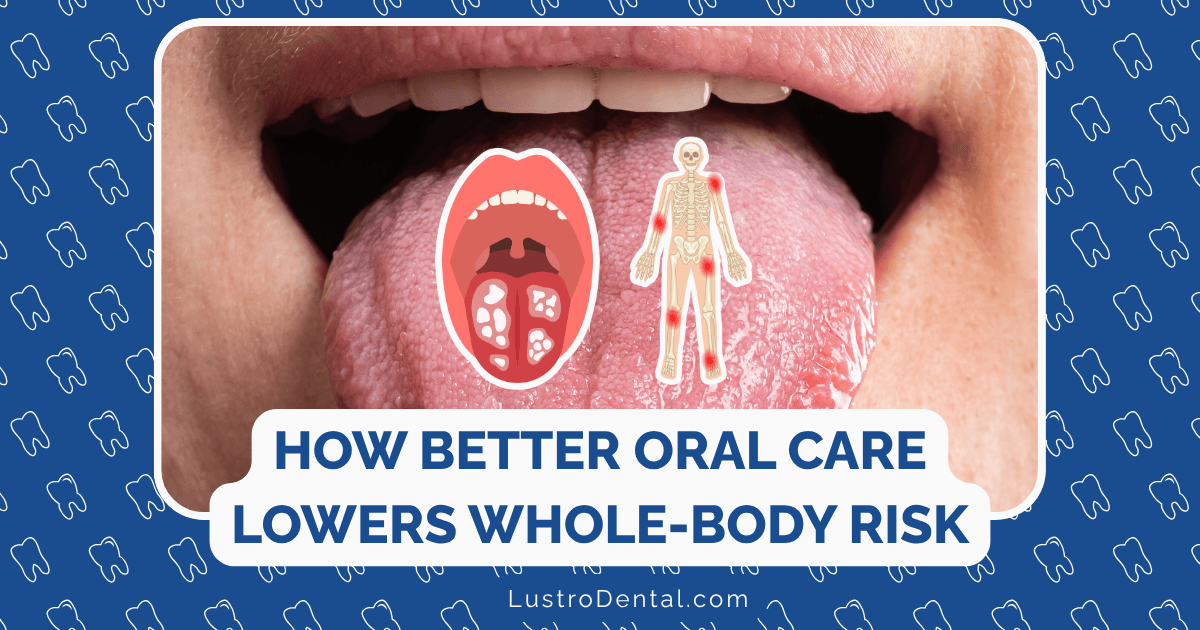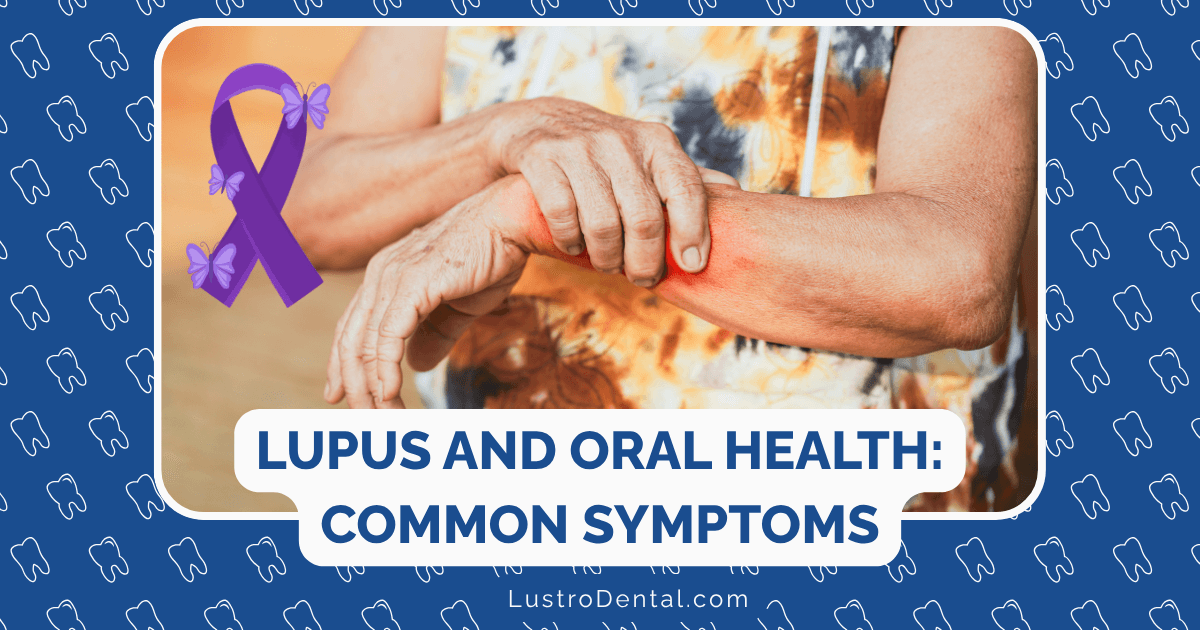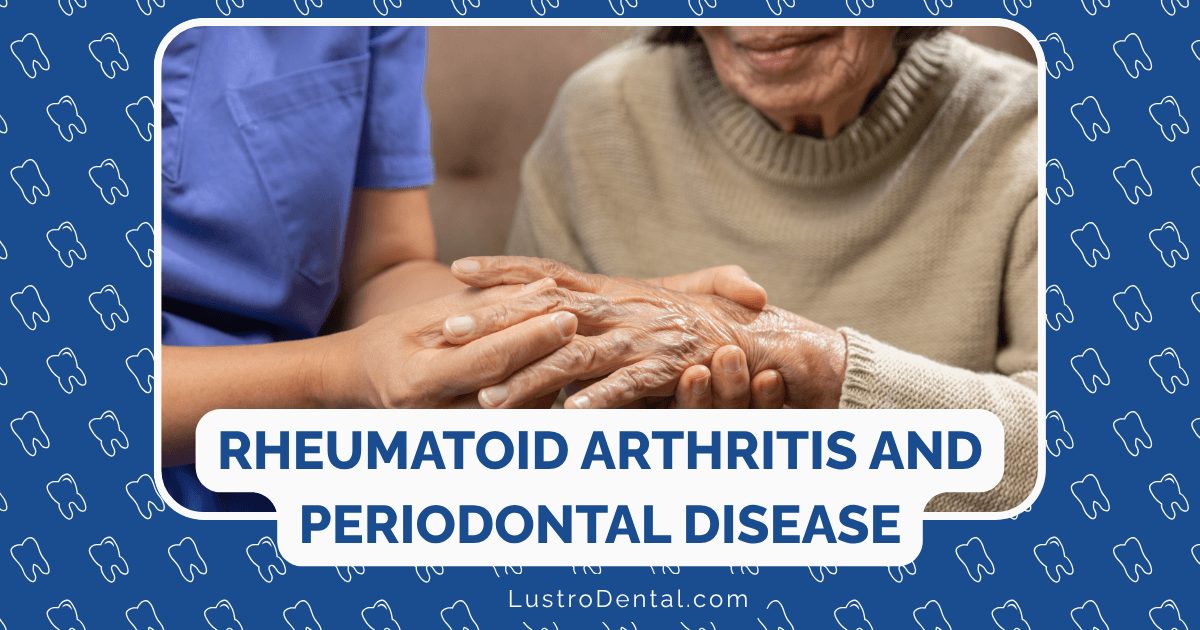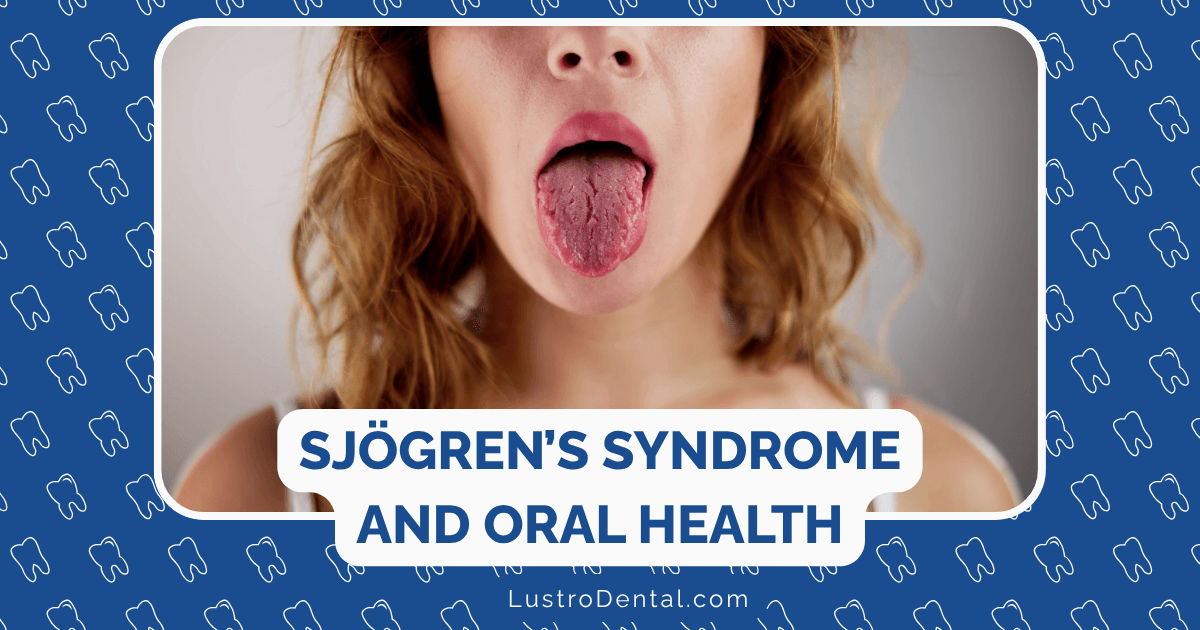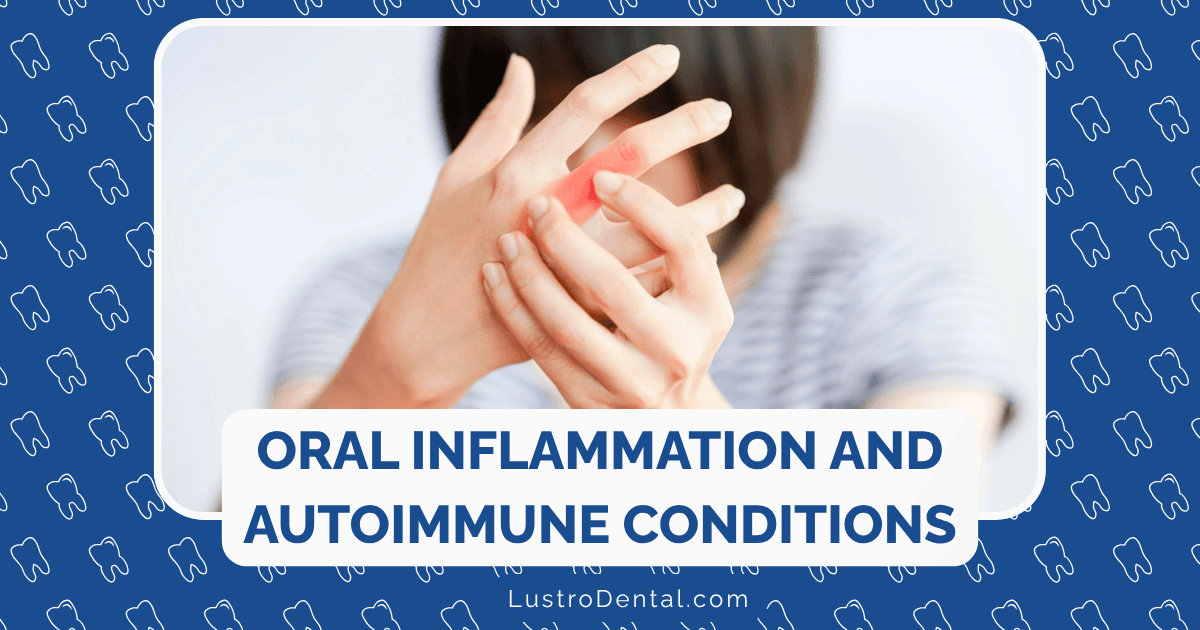How Improving Oral Hygiene Reduces Respiratory Infection Risk
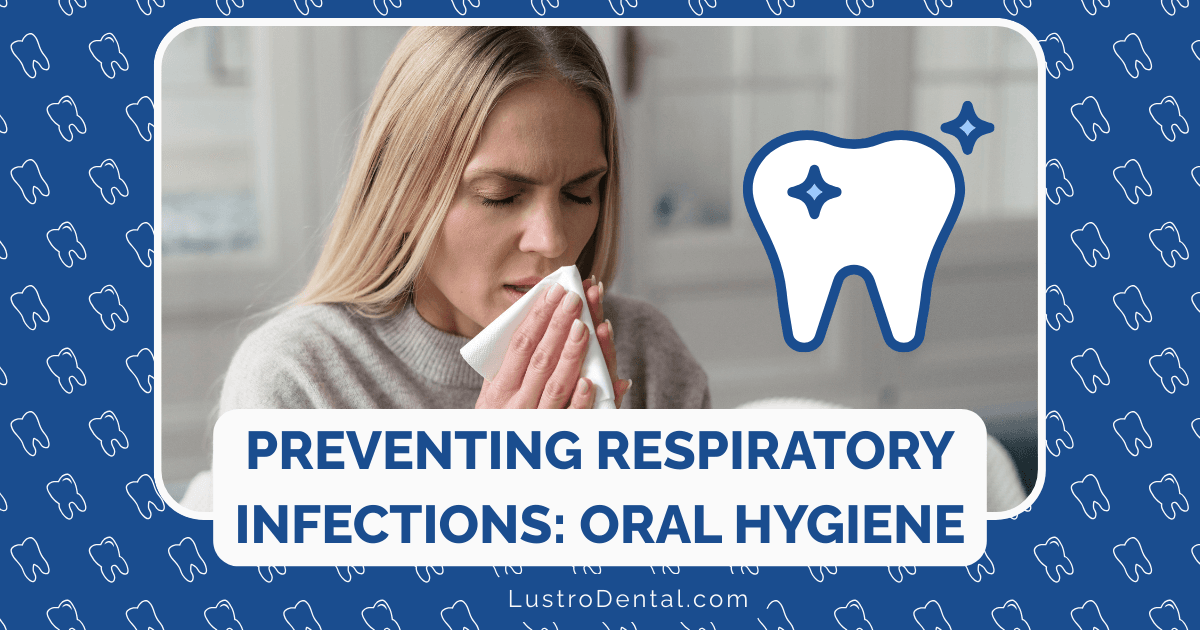
When we think about preventing respiratory infections, we typically consider factors like vaccination, avoiding sick contacts, and maintaining a healthy immune system. However, one crucial preventive measure often overlooked is right at our fingertips—or rather, at the tips of our toothbrushes. Emerging research has established a compelling connection between oral hygiene and respiratory health, revealing that the simple act of maintaining a clean mouth can significantly reduce the risk of respiratory infections.
From common colds to pneumonia and even COVID-19 complications, the state of our oral health plays a surprisingly important role in protecting our respiratory system. This article explores the science behind this connection and provides practical strategies to leverage oral hygiene for better respiratory health.
The Mouth-Lung Connection: Understanding the Pathway to Infection
The Oral Microbiome: A Gateway to Respiratory Health
The human mouth hosts the second most diverse microbiome in the body, with over 700 species of bacteria residing there at any given time. When in balance, this oral ecosystem contributes to good health. However, poor oral hygiene disrupts this balance, allowing potentially harmful bacteria to flourish.
“The mouth serves as both a reservoir and a gateway for respiratory pathogens,” explains Dr. Sarah Johnson, pulmonologist at Mayo Clinic. “When oral hygiene is neglected, the mouth becomes an ideal breeding ground for bacteria that can travel to the lungs and cause infection.”
The Aspiration Mechanism
The primary pathway through which oral bacteria reach the lungs is aspiration—the inhalation of oral contents into the respiratory tract. While healthy individuals have protective mechanisms that usually prevent significant aspiration, several factors can increase this risk:
- Swallowing difficulties: Common in elderly individuals and those with neurological conditions
- Reduced consciousness: During sleep or sedation
- Mechanical ventilation: In hospitalized patients
- Compromised immune function: Due to age, illness, or medication
A 2025 study published in Clinical Oral Investigations found that patients with poor oral hygiene had a 3.48 times higher risk of developing pneumonia requiring hospitalization compared to those with good oral hygiene.
Key Respiratory Pathogens Originating in the Mouth
Several harmful bacteria commonly found in the mouths of those with poor oral hygiene have been directly linked to respiratory infections:
- Staphylococcus aureus: Associated with pneumonia and bronchitis
- Pseudomonas aeruginosa: A common cause of hospital-acquired pneumonia
- Klebsiella pneumoniae: Can cause severe pneumonia, especially in weakened individuals
- Acinetobacter species: Often implicated in ventilator-associated pneumonia
Dr. Michael Chen, microbiologist at the University of California, notes: “These pathogens can establish colonies in dental plaque and biofilms. When aspirated, they can overcome the lungs’ defense mechanisms and trigger inflammation and infection.”
Scientific Evidence: The Impact of Oral Hygiene on Respiratory Infections
Hospital-Acquired Pneumonia
One of the most well-documented connections between oral hygiene and respiratory health involves hospital-acquired pneumonia:
- A 2024 meta-analysis cited by Yale Medicine found that regular toothbrushing significantly reduced the risk of hospital-acquired pneumonia, particularly in patients on mechanical ventilators.
- According to the American Association of Critical-Care Nurses, implementing oral care protocols in hospitals has reduced non-ventilator hospital-acquired pneumonia rates from 5.92 to 1.79 per 1000 admissions.
- The Centers for Disease Control and Prevention (CDC) now recommends oral care as a key component of pneumonia prevention bundles in healthcare settings.
Community-Acquired Pneumonia
The benefits of good oral hygiene extend beyond hospital settings:
- A comprehensive review published in the Journal of Dental Research in 2025 found that individuals with periodontal disease had a 25% higher risk of community-acquired pneumonia compared to those with healthy gums.
- The same review noted that regular professional dental cleanings reduced pneumonia risk by approximately 40% in elderly populations.
COVID-19 and Oral Hygiene
Recent research has also explored the connection between oral health and COVID-19 outcomes:
- A 2024 study published in PMC involving 820 COVID-19 patients found that those who maintained regular toothbrushing during their illness experienced fewer oral manifestations and complications.
- The study suggested that integrating oral health assessment and hygiene education into COVID-19 management protocols could improve patient outcomes.
Dr. Elizabeth Wong, infectious disease specialist, explains: “While more research is needed, there’s growing evidence that maintaining good oral hygiene during respiratory infections, including COVID-19, may help reduce symptom severity and complications.”
Mechanisms: How Oral Hygiene Protects Against Respiratory Infections
Several biological mechanisms explain how good oral hygiene reduces respiratory infection risk:
1. Reduction of Bacterial Load
Regular brushing, flossing, and professional cleanings physically remove dental plaque—the sticky biofilm where bacteria multiply. This reduces the number of potential pathogens that could be aspirated into the lungs.
A 2025 study found that twice-daily brushing reduced oral bacterial counts by up to 64%, significantly decreasing the potential for respiratory infection.
2. Prevention of Enzyme Release
Poor oral hygiene leads to the release of hydrolytic enzymes from periodontopathic bacteria. According to research published in PMC, these enzymes can:
- Destroy protective salivary films on the respiratory mucosa
- Modify respiratory epithelium to promote adhesion of pathogens
- Enhance colonization of respiratory pathogens
By maintaining good oral hygiene, these destructive enzymes are kept in check.
3. Preservation of Salivary Function
Saliva plays a crucial protective role against respiratory infections through:
- Antimicrobial properties: Contains enzymes like lysozyme and lactoferrin that kill bacteria
- Mechanical cleansing: Washes away microorganisms and food debris
- Immunological components: Contains immunoglobulins that neutralize pathogens
“Saliva is our first line of defense against respiratory pathogens,” notes Dr. Johnson. “Good oral hygiene supports healthy salivary function, enhancing this natural protection.”
4. Reduction of Systemic Inflammation
Periodontal disease triggers systemic inflammation, which can compromise respiratory defenses. By maintaining good oral health, this inflammatory burden is reduced, allowing the immune system to better protect the respiratory tract.
Research from 2025 indicates that individuals with controlled periodontal disease have lower levels of inflammatory markers and better respiratory outcomes compared to those with active gum disease.
Practical Strategies: Optimizing Oral Hygiene for Respiratory Protection
For Everyday Prevention
- Thorough Brushing Technique
- Brush for at least two minutes, twice daily
- Use fluoride toothpaste and a soft-bristled brush
- Pay special attention to the gumline, where bacteria accumulate
- Consider electric toothbrushes, which have been shown to remove plaque more effectively
- Daily Interdental Cleaning
- Floss or use interdental brushes once daily
- Clean between all teeth, including the back molars
- Consider water flossers for easier and potentially more effective cleaning
- Tongue Cleaning
- Use a tongue scraper or your toothbrush to clean your tongue
- Focus on the back of the tongue, where most bacteria reside
- Make this a daily habit as part of your oral hygiene routine
- Antimicrobial Rinses
- Consider alcohol-free antimicrobial mouthwashes
- Use as a supplement to, not a replacement for, mechanical cleaning
- Look for products containing chlorhexidine or essential oils for enhanced antimicrobial effects
- Regular Dental Check-ups
- Schedule professional cleanings at least twice yearly
- Address dental issues promptly to prevent bacterial buildup
- Discuss your respiratory health with your dentist for personalized recommendations
Dr. Robert Thompson, dentist specializing in oral-systemic health, advises: “Professional dental cleanings remove hardened plaque (tartar) that home care can’t address. This is particularly important for respiratory health, as tartar harbors the bacteria most commonly associated with respiratory infections.”
For High-Risk Individuals
Those at increased risk for respiratory infections, such as the elderly, immunocompromised individuals, or those with chronic respiratory conditions, should consider additional measures:
- More Frequent Professional Care
- Consider dental cleanings every 3-4 months instead of every 6 months
- Ask about antimicrobial treatments that can be applied during professional cleanings
- Discuss prescription-strength oral care products with your dentist
- Enhanced Home Care
- Consider higher-frequency brushing (after each meal)
- Use prescription antimicrobial rinses if recommended
- Invest in high-quality electric toothbrushes with pressure sensors and timers
- Consider oral probiotics to help maintain a healthy oral microbiome
- Specialized Approaches for Specific Conditions
- COPD patients: Position upright while brushing to reduce aspiration risk
- Diabetes patients: More vigilant oral care to counter increased periodontal risk
- Stroke survivors: Adapted toothbrushes and caregiver assistance if needed
- Ventilated patients: Specialized oral care protocols administered by healthcare providers
For Hospitalized Patients
Healthcare facilities are increasingly implementing comprehensive oral care protocols:
- Standardized Oral Assessment
- Evaluation of oral health upon admission
- Regular reassessment throughout hospitalization
- Documentation of oral health status in patient records
- Structured Oral Care Protocols
- Toothbrushing with a soft-bristled brush at least twice daily
- Use of chlorhexidine in specific patient populations
- Moisturizing agents for patients with dry mouth
- Suction as needed to prevent aspiration
- Staff Education and Compliance Monitoring
- Training on proper oral care techniques
- Regular audits to ensure protocol adherence
- Integration of oral care into routine nursing care
According to Infection Control Today, hospitals that have implemented comprehensive oral care programs have seen pneumonia rates decrease by up to 70%, resulting in significant cost savings and improved patient outcomes.
Special Considerations for Different Age Groups
Children
While children typically have lower risk for serious respiratory infections, establishing good oral hygiene habits early provides lifelong protection:
- Make brushing fun and engaging to establish positive habits
- Supervise brushing until around age 7-8
- Consider antimicrobial rinses for children prone to respiratory infections (consult with a pediatric dentist first)
- Schedule regular dental check-ups from an early age
Adults
Working-age adults should:
- Maintain consistent oral hygiene despite busy schedules
- Be aware that stress and poor sleep can affect oral health and immune function
- Address grinding and clenching, which can damage teeth and create reservoirs for bacteria
- Consider how workplace environments (dry air, shared spaces) might affect both oral and respiratory health
Older Adults
Seniors face unique challenges:
- Medications often cause dry mouth, increasing bacterial growth
- Manual dexterity issues may make traditional brushing and flossing difficult
- Dentures require specialized cleaning to prevent bacterial buildup
- Swallowing reflexes may be diminished, increasing aspiration risk
“For older adults, especially those in long-term care facilities, assisted oral hygiene can be life-saving,” emphasizes Dr. Wong. “Studies consistently show that implementing oral care programs in nursing homes significantly reduces pneumonia rates and related mortality.”
Future Directions: Emerging Research and Approaches
The field continues to evolve with promising developments on the horizon:
Oral Microbiome Modulation
Researchers are exploring ways to promote beneficial bacteria in the mouth while suppressing harmful ones:
- Oral probiotics specifically designed to crowd out respiratory pathogens
- Prebiotics that support healthy oral bacterial populations
- Targeted antimicrobials that preserve beneficial bacteria
Advanced Diagnostics
New tools are being developed to identify individuals at higher risk:
- Salivary diagnostics to detect respiratory pathogens before symptoms appear
- Biomarker testing to identify those with disrupted oral microbiomes
- Point-of-care testing to guide personalized preventive strategies
Integrated Care Models
Healthcare systems are beginning to recognize the importance of oral-respiratory connections:
- Dental screening incorporated into respiratory care
- Oral health assessment as part of hospital admission protocols
- Collaborative care between dental professionals and pulmonologists
Conclusion: A Simple Yet Powerful Prevention Strategy
The evidence is clear: maintaining good oral hygiene is not just about preventing cavities and gum disease—it’s a significant strategy for reducing respiratory infection risk. From everyday colds to life-threatening pneumonia, the simple act of brushing your teeth properly can help keep your lungs healthy.
As Dr. Johnson concludes: “In medicine, we often look for complex solutions to challenging health problems. Yet sometimes, the most effective interventions are the simplest. Regular brushing, flossing, and dental check-ups represent a low-cost, low-risk strategy with substantial benefits for respiratory health.”
By understanding the mouth-lung connection and implementing proper oral hygiene practices, we can all breathe a little easier—literally.
Have you noticed a connection between your oral hygiene habits and respiratory health? Share your experiences in the comments below!


